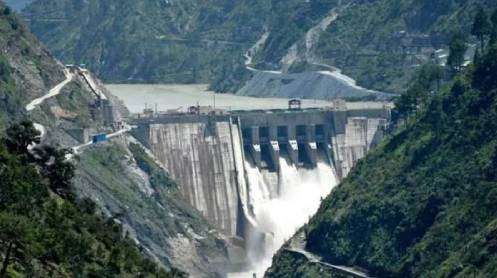KARACHI: Over 30,000 hybrid electric vehicles (HEVs) have entered Pakistan’s roads in the past two years, saving an estimated 30 million litres of fuel and cutting the country’s oil import bill by nearly $27 million, according to Lucky Motor Corporation (LMC) Chief Executive Mohammad Faisal.
Faisal said the savings could multiply significantly if hybrids captured 25–30% of the total vehicle market. Pakistan’s auto market averages 180,000–200,000 units annually, and HEVs now account for over half of SUV sales during the first quarter of FY26.
Since 2021, 13 new electrified models have been introduced in Pakistan — nine of them hybrids from Korean, Chinese, and Japanese automakers. Faisal attributed the rising popularity of HEVs to their lower maintenance costs, consistent fuel savings, and higher resale value compared to battery electric vehicles (BEVs) and plug-in hybrids (PHEVs). Currently, fewer than 3,000 BEVs and under 1,000 PHEVs are operational nationwide.
He said major assemblers have made substantial investments in local hybrid production over the last three years. LMC, for instance, has achieved 35% localisation in its Sportage and Picanto hybrid models. Hybrids, with smaller and cheaper battery packs, consume less foreign exchange and enable higher local content than BEVs or PHEVs.
Faisal described hybrids as the most practical and scalable solution for Pakistan, where affordability is key. Although HEVs cost 15–20% more than petrol vehicles, they remain far more affordable than fully electric cars.
“BEVs are the future, but Pakistani consumers aren’t ready for a full shift due to resale uncertainty, range anxiety, and the lack of charging infrastructure,” he said. Frequent loadshedding, transmission losses, and limited charging stations outside major cities further restrict BEV adoption, while hybrids’ self-charging capability makes them usable even in rural areas.
He added that HEVs perform well on rough terrain, during urban flooding, and in off-grid areas — crucial advantages in Pakistan’s conditions. Across Asia, around 30% of ride-hailing fleets now use hybrids due to their reliability and efficiency.
The LMC chief also pointed out that Pakistan lacks the technical capacity to repair or replace BEV or PHEV batteries, which poses additional risks, especially in flood-prone areas.
According to LMC, hybrids can cut CO₂ emissions by up to 40% compared to petrol cars. Unlike PHEVs, which require regular charging, HEVs maintain lower emissions under all conditions — supporting Pakistan’s climate commitments without large-scale infrastructure investment.
Faisal concluded that HEVs demand less fiscal support than BEVs or PHEVs, which typically need twice the tax and duty concessions per unit. Given Pakistan’s limited fiscal space, he said, hybrids offer a cost-effective, sustainable path to cleaner mobility — reducing emissions, lowering oil imports, and easing pressure on foreign exchange reserves.
Story by Aamir Shafaat Khan







